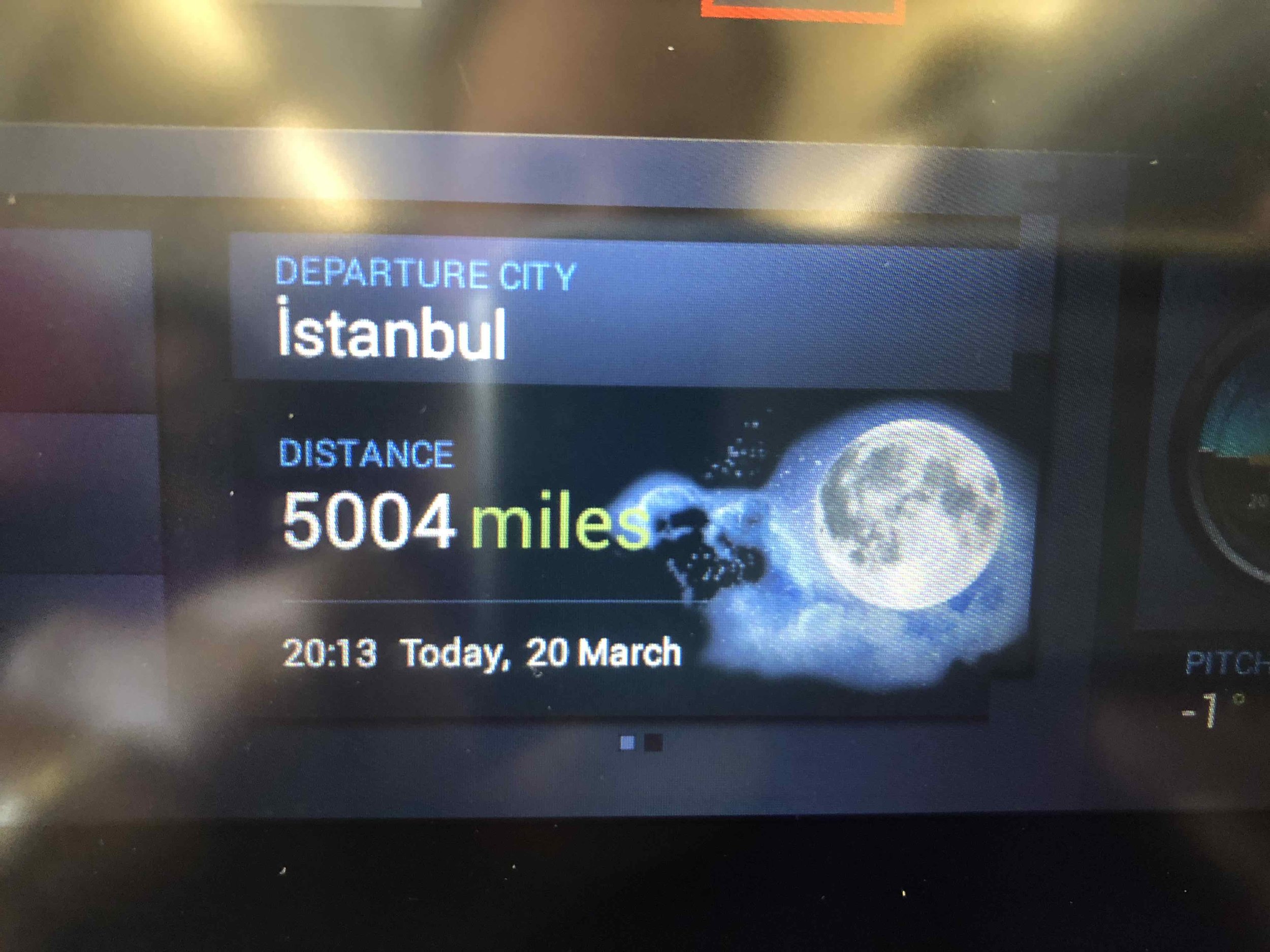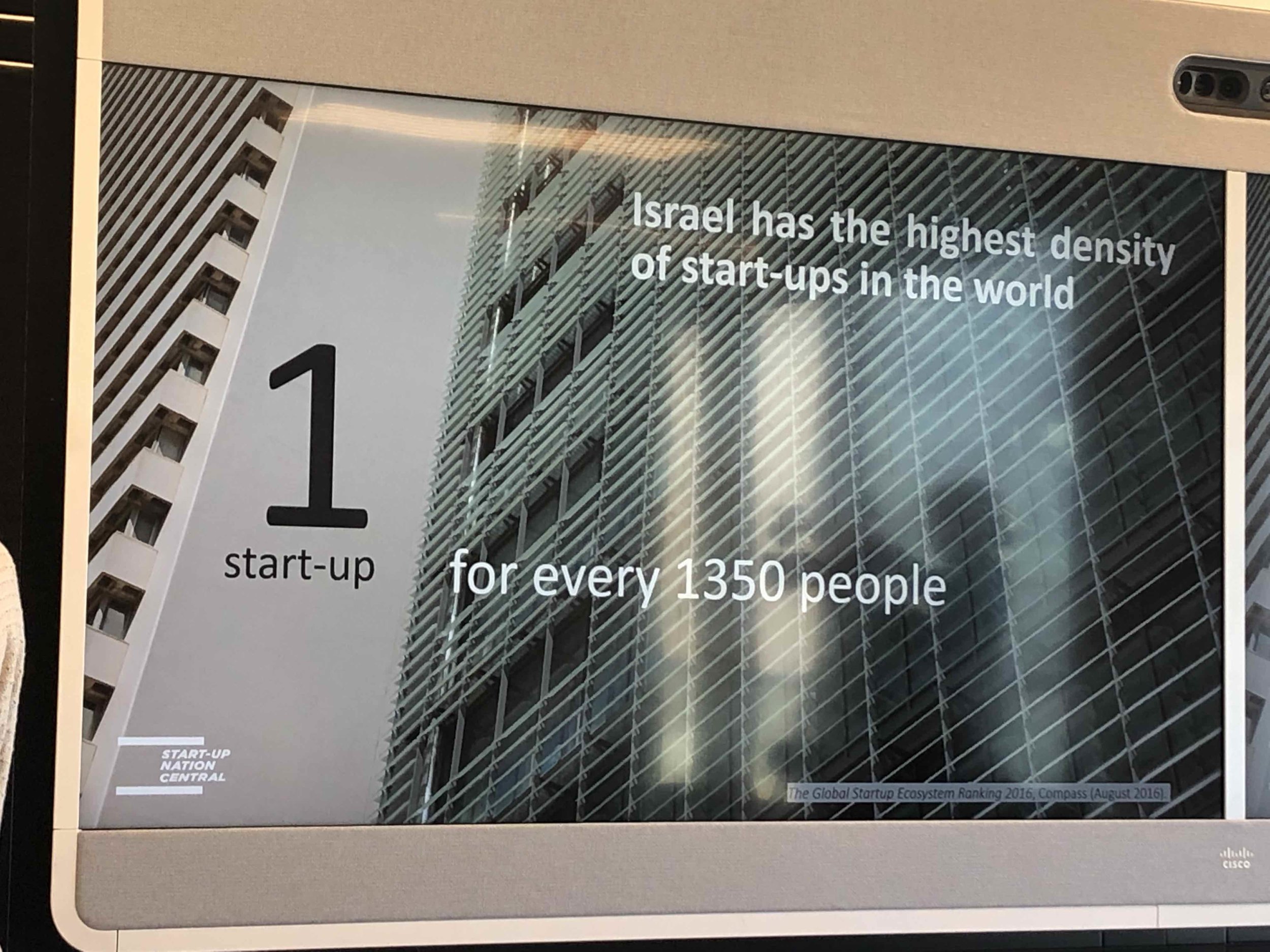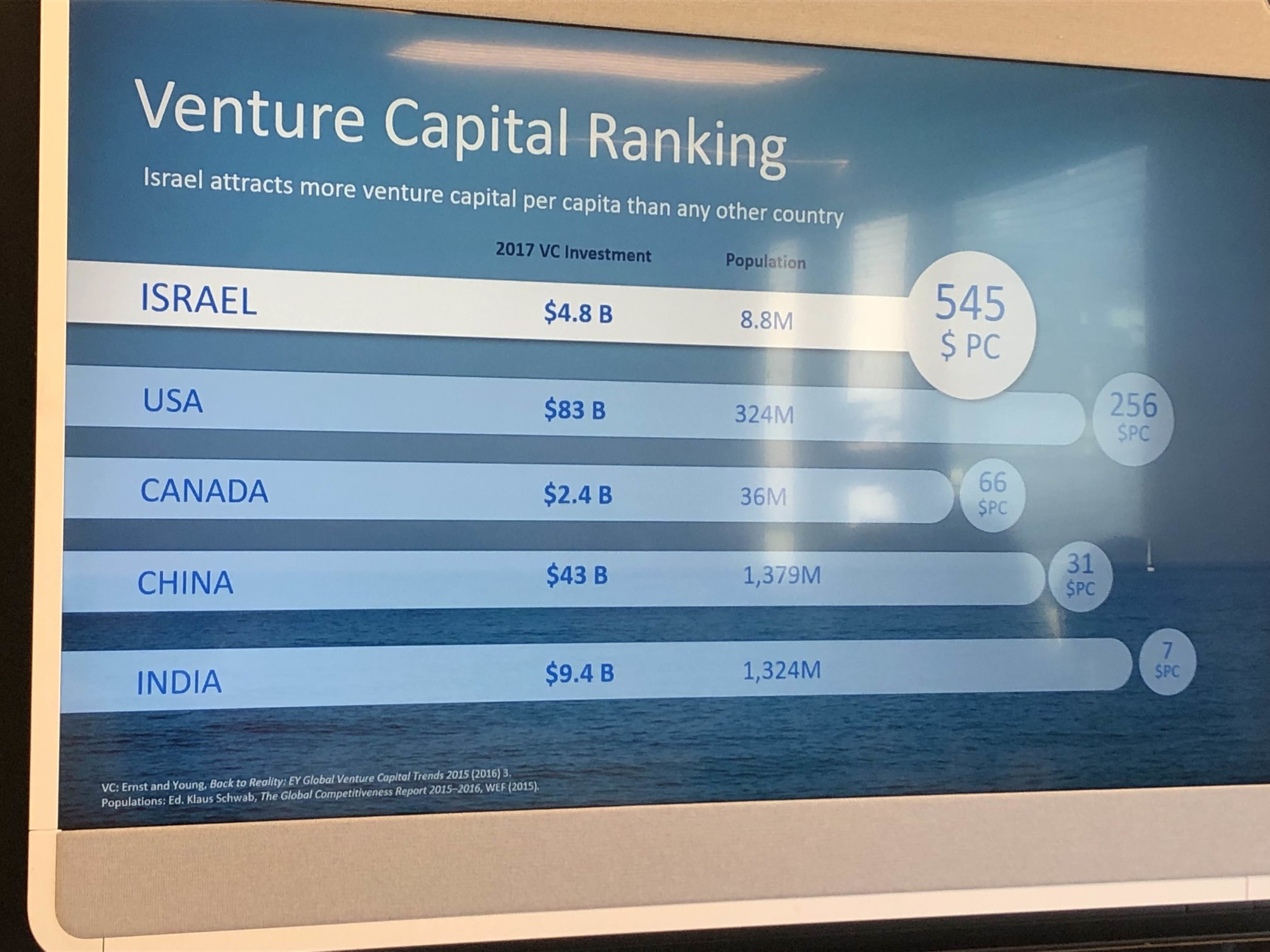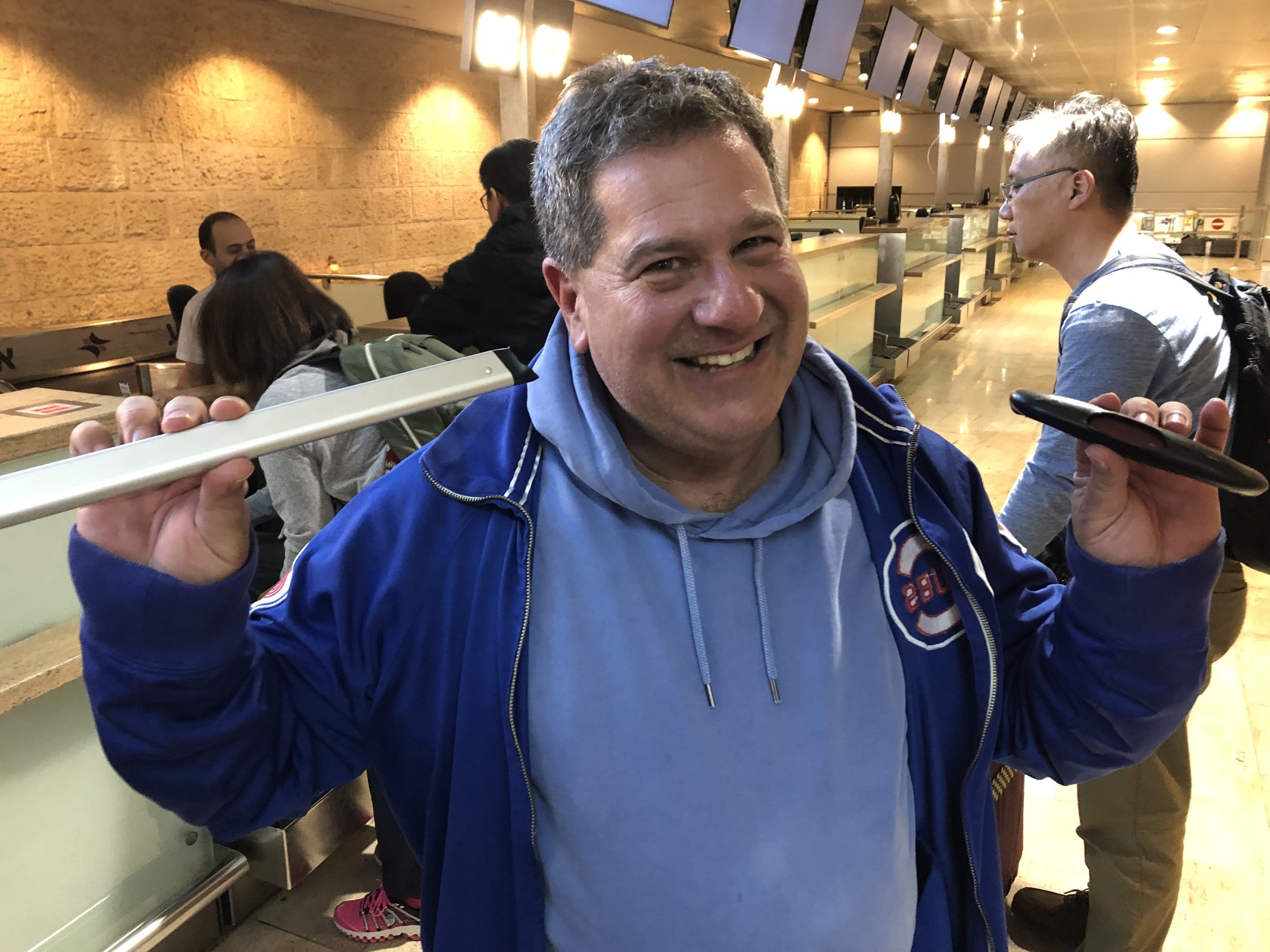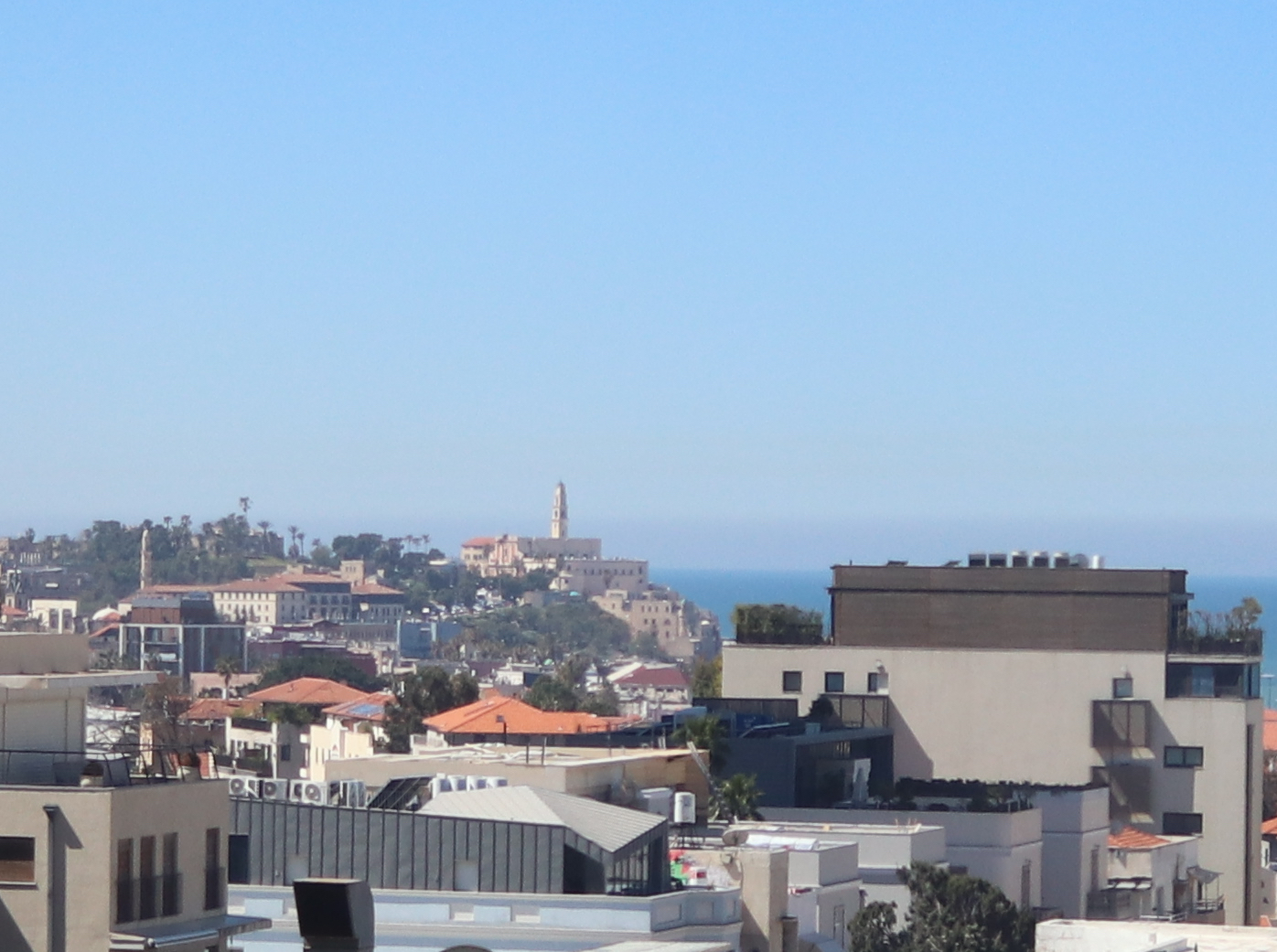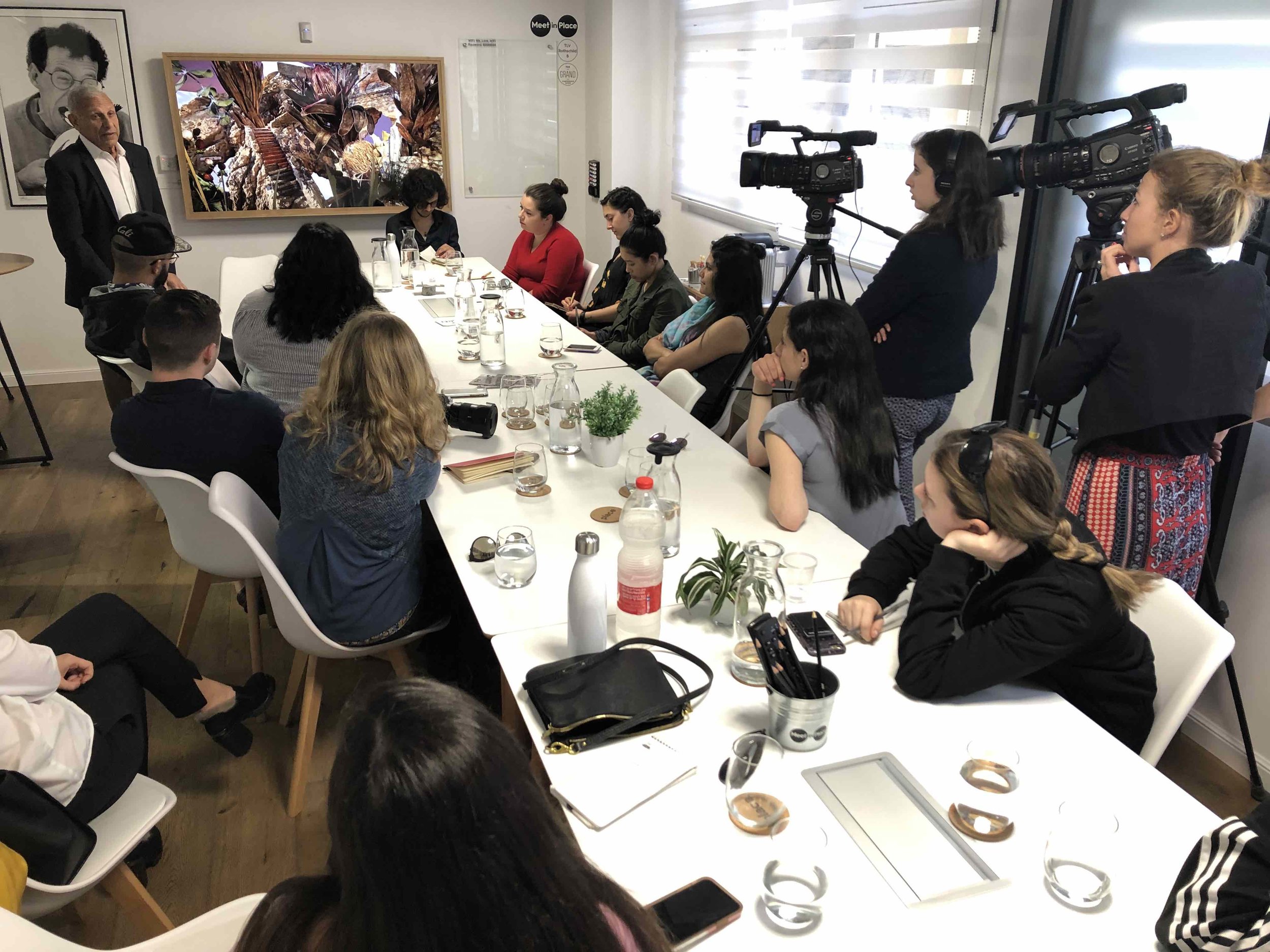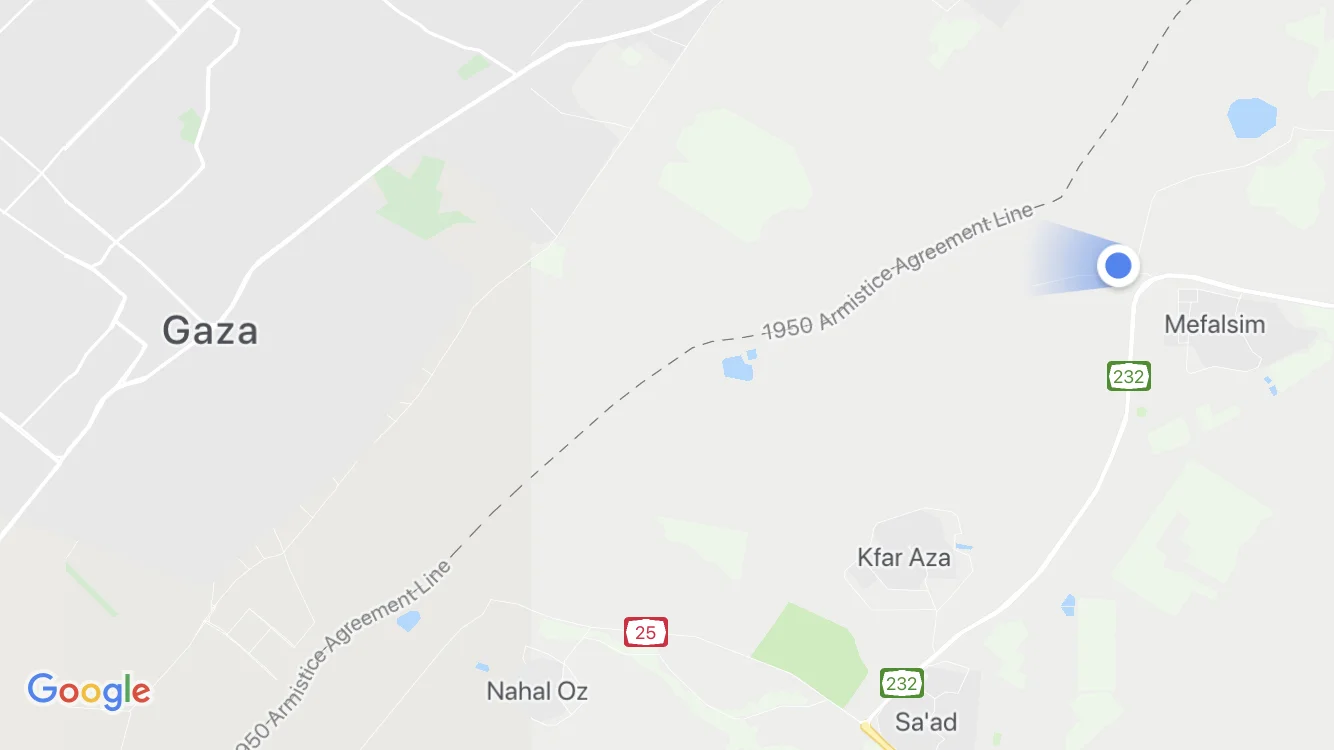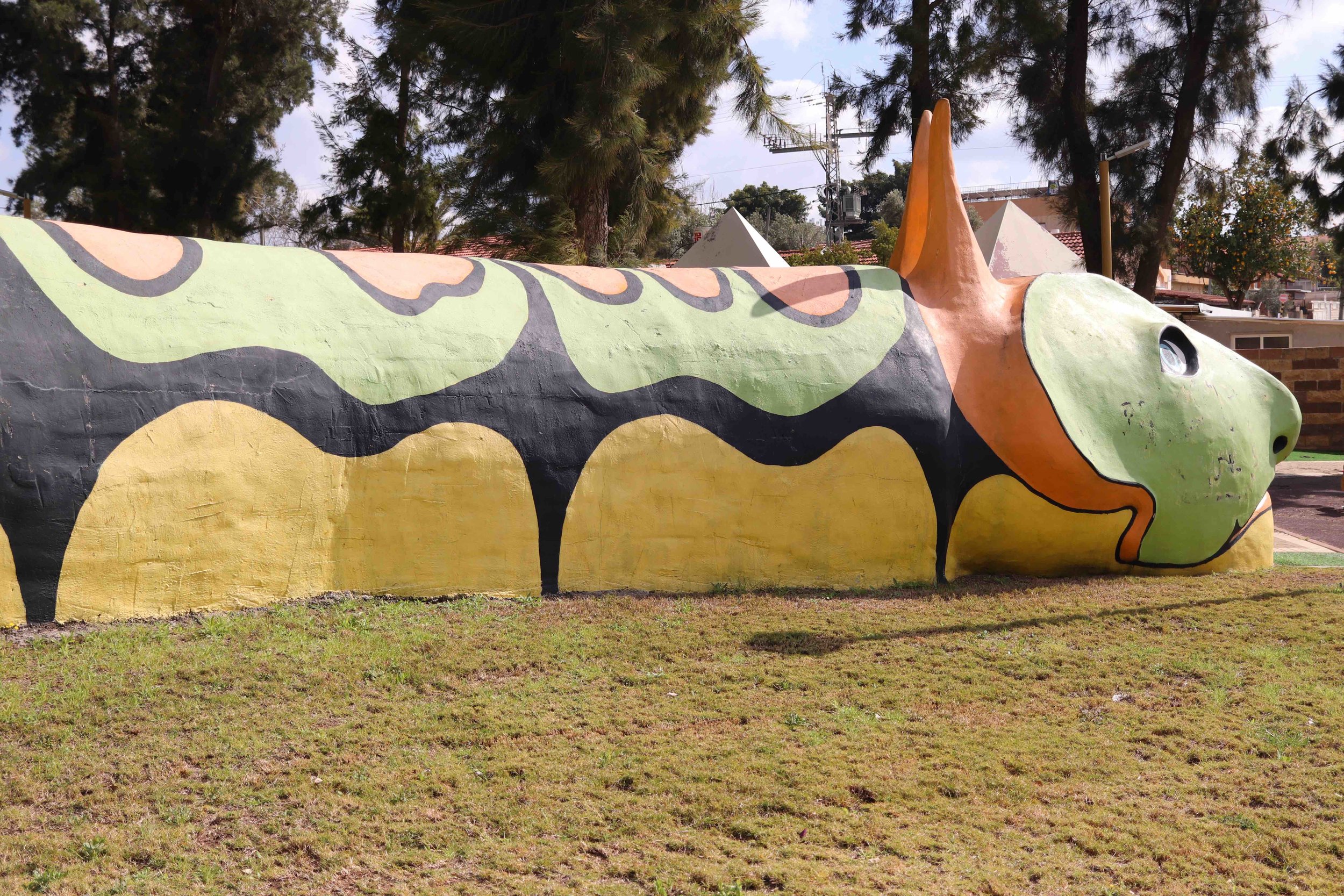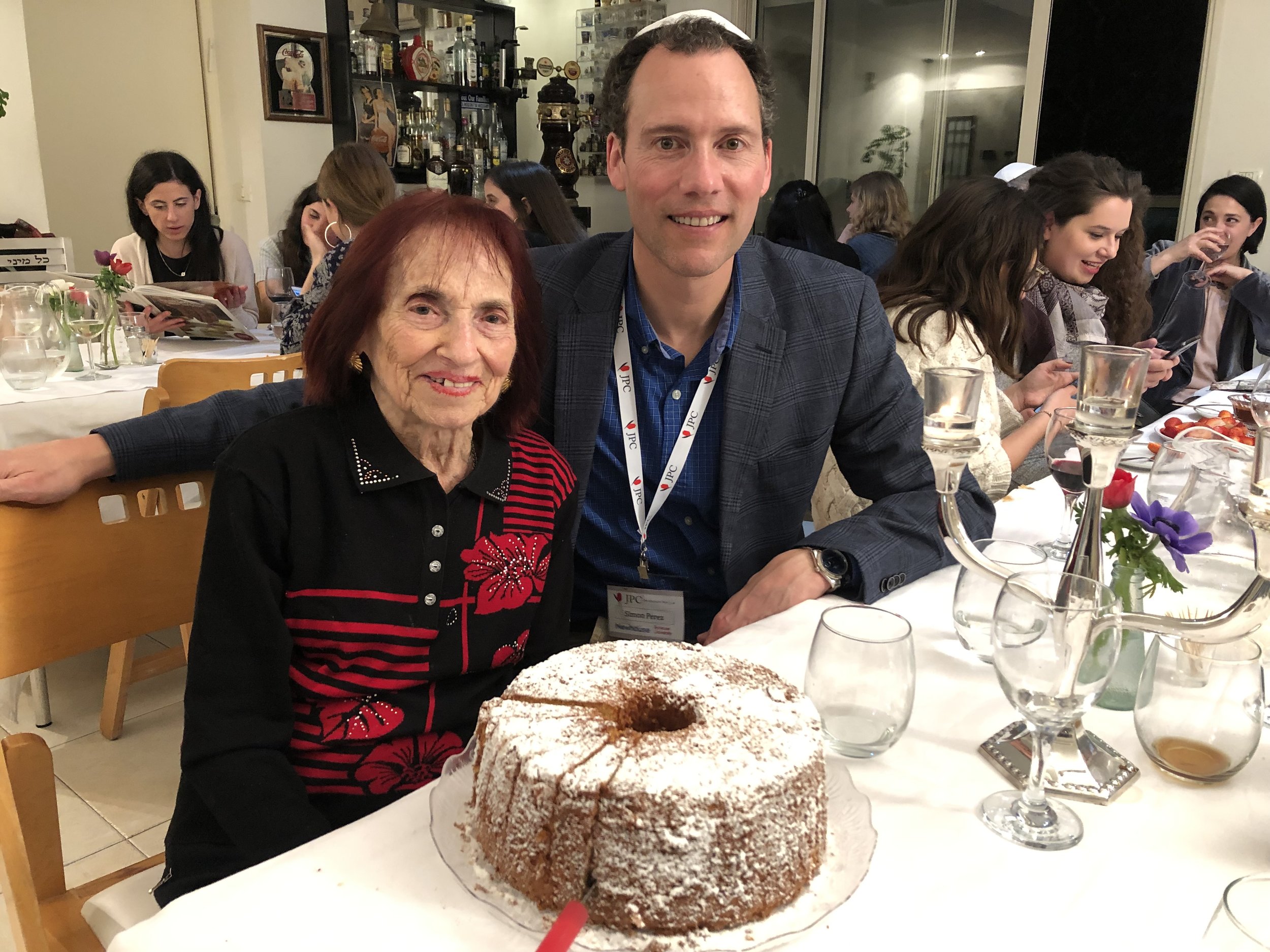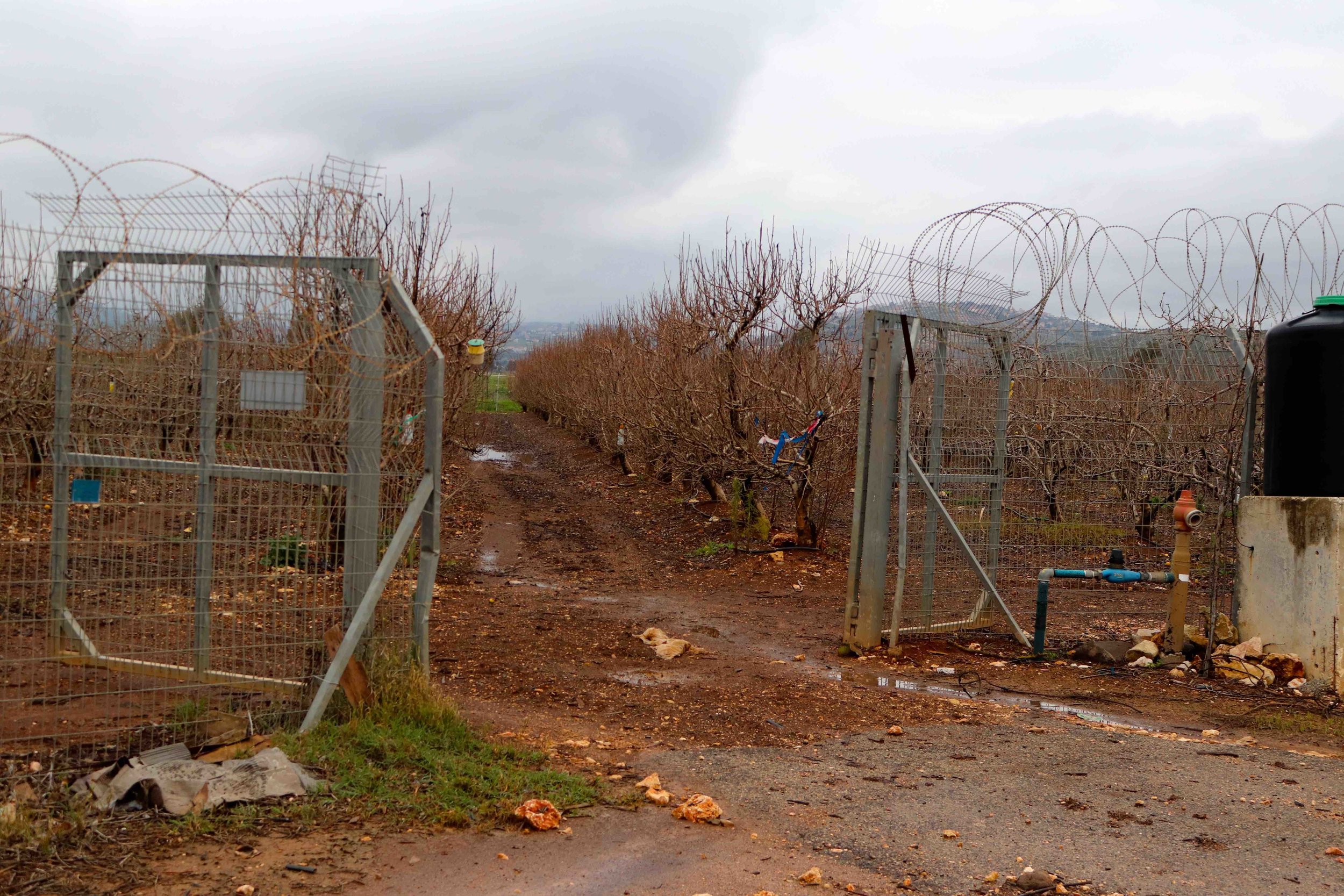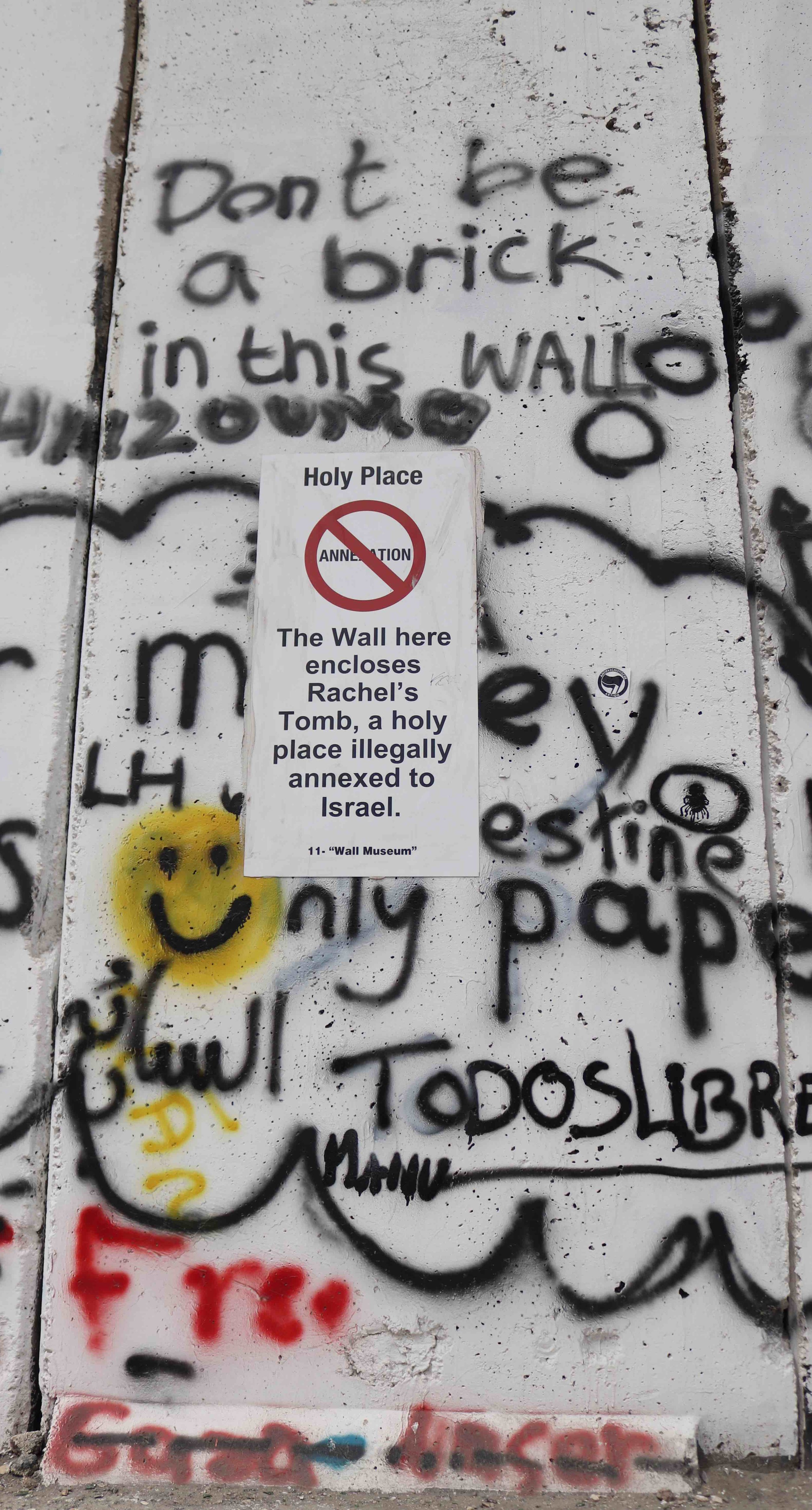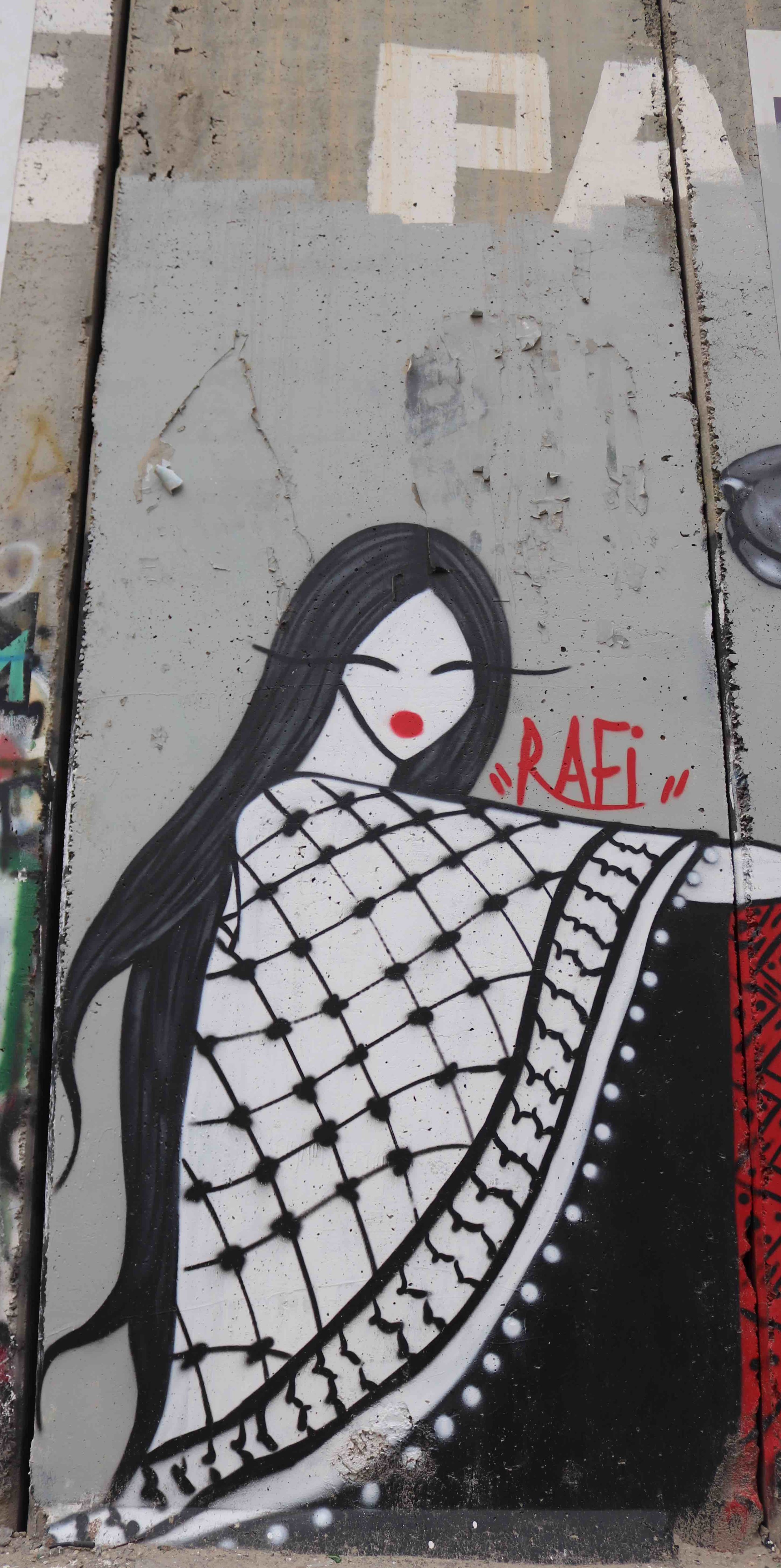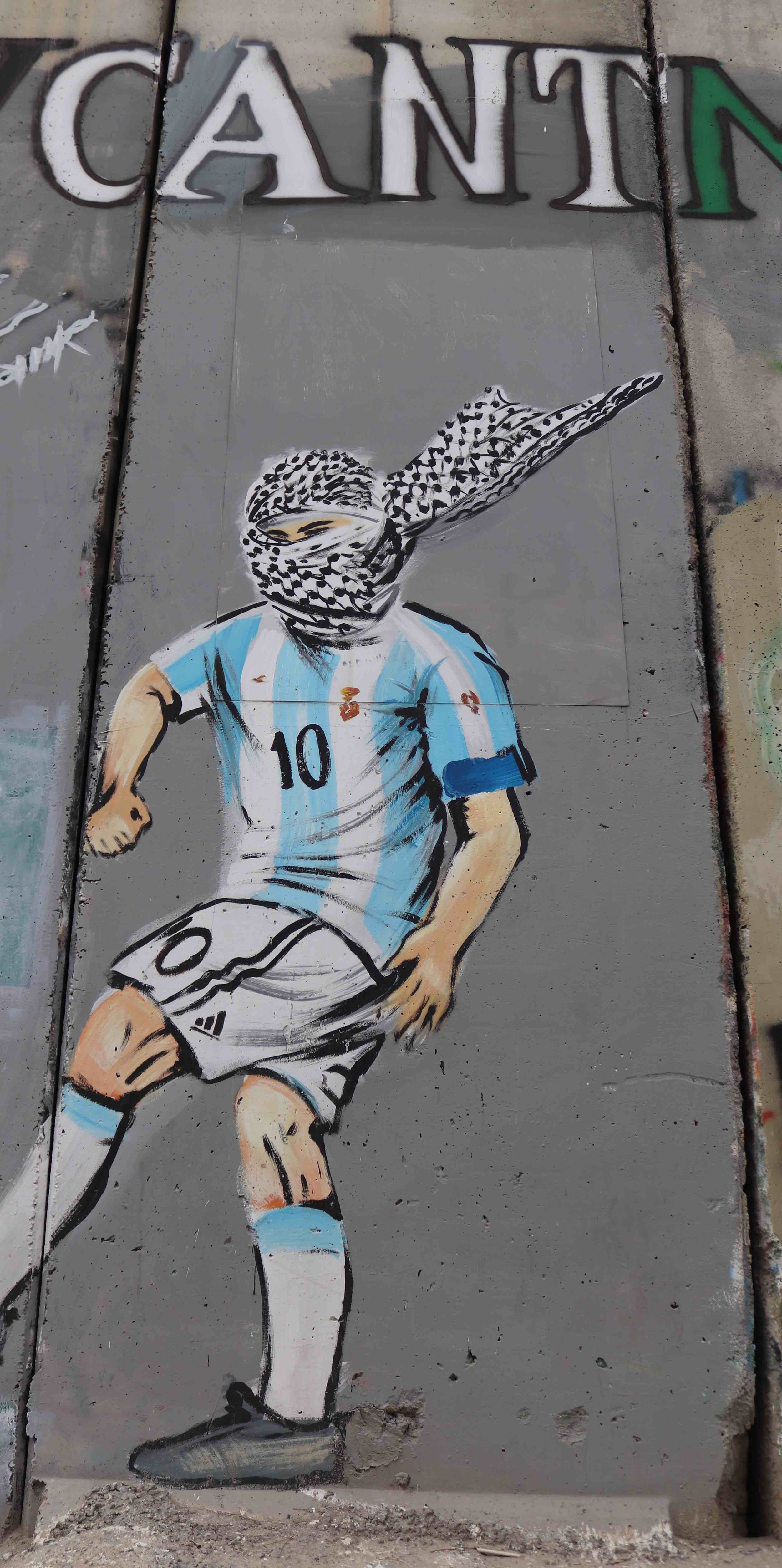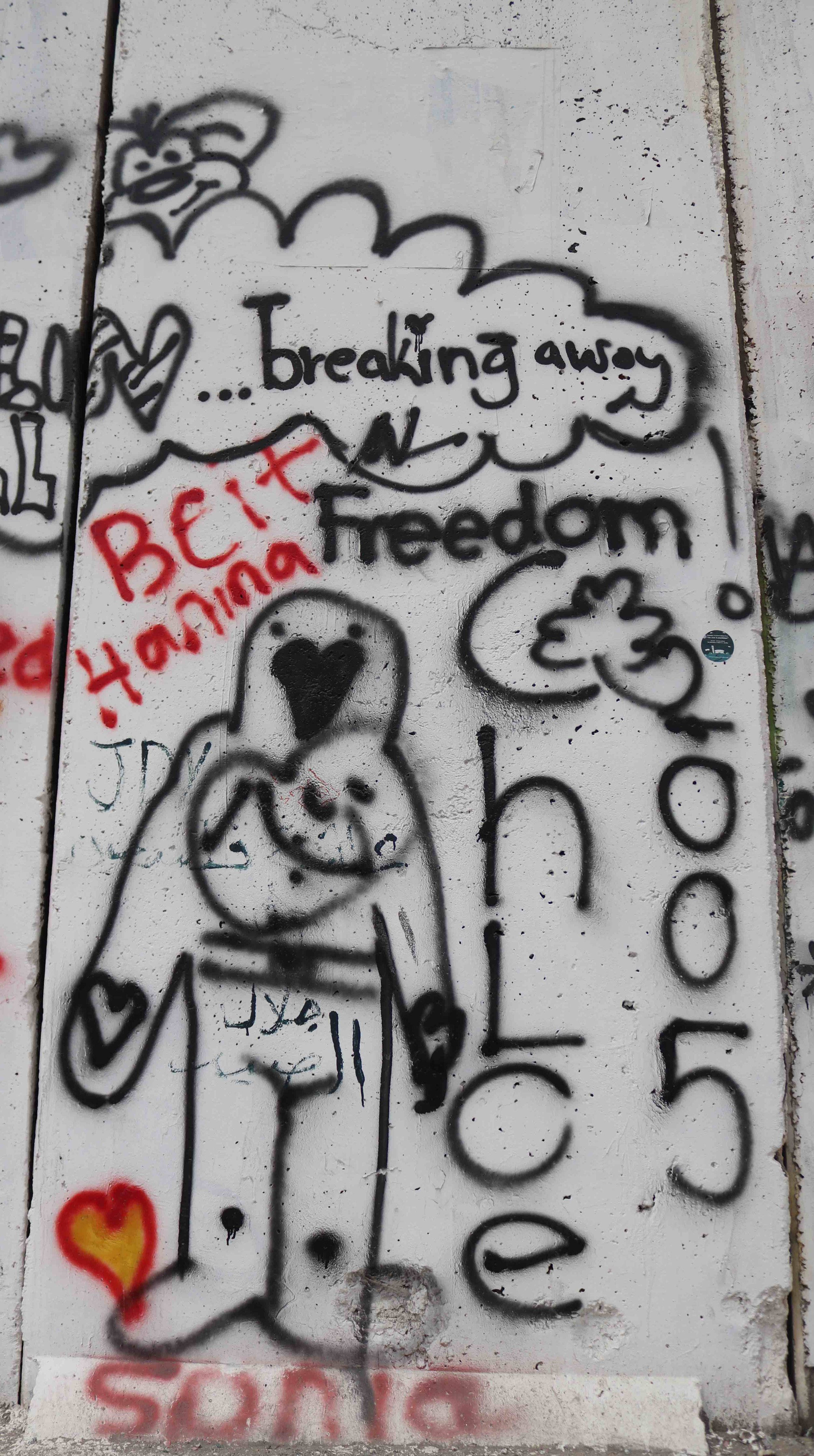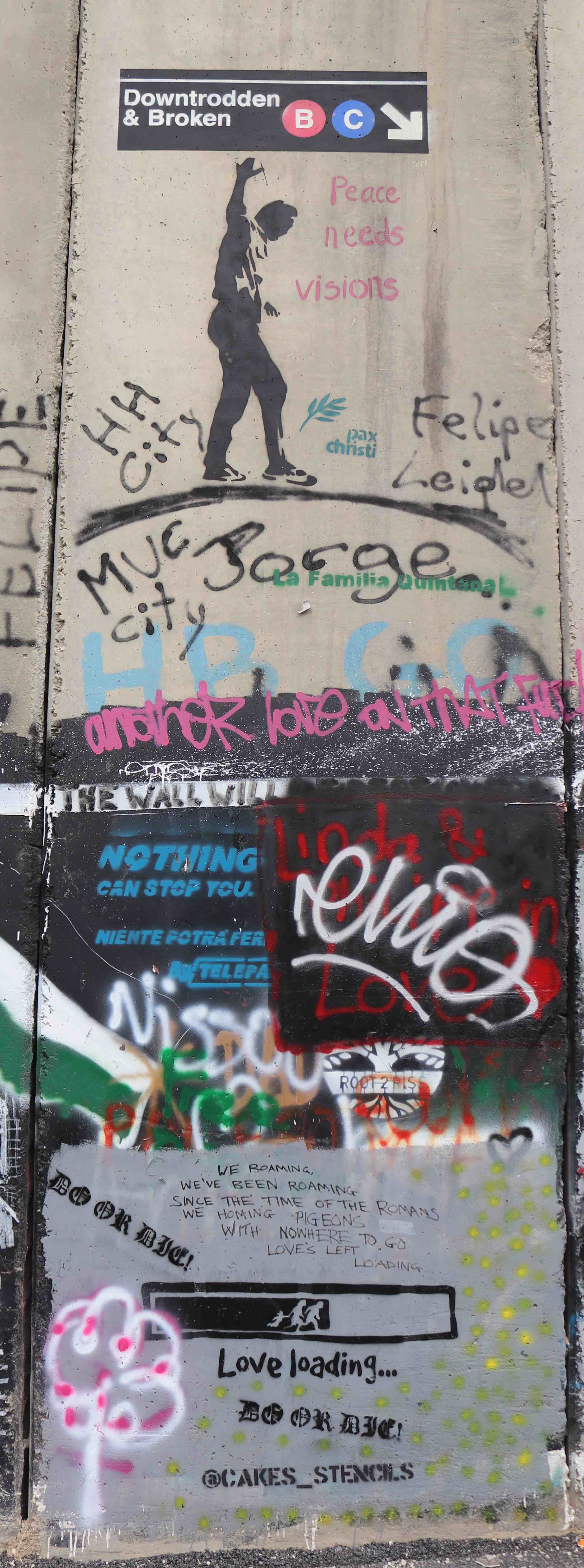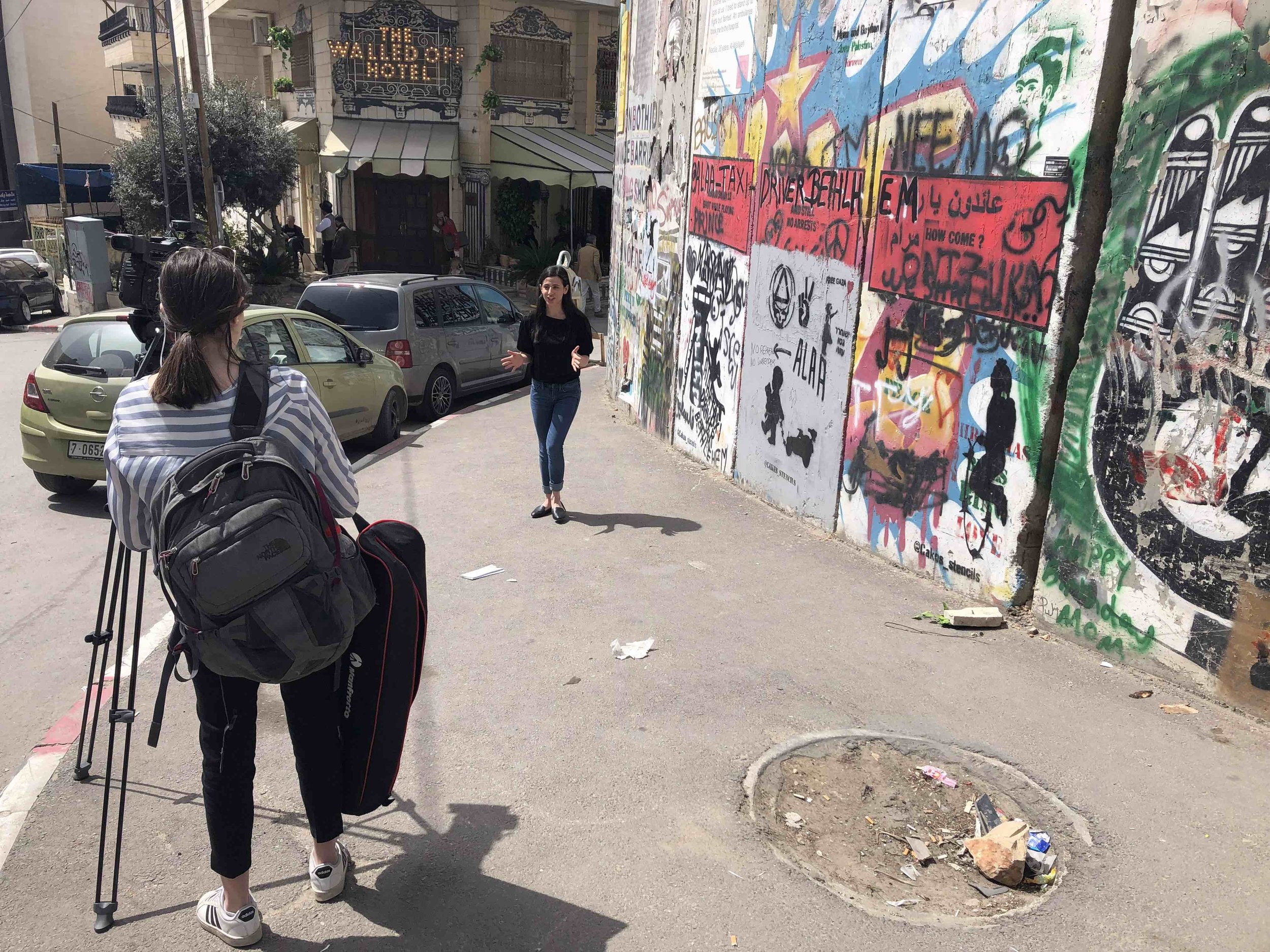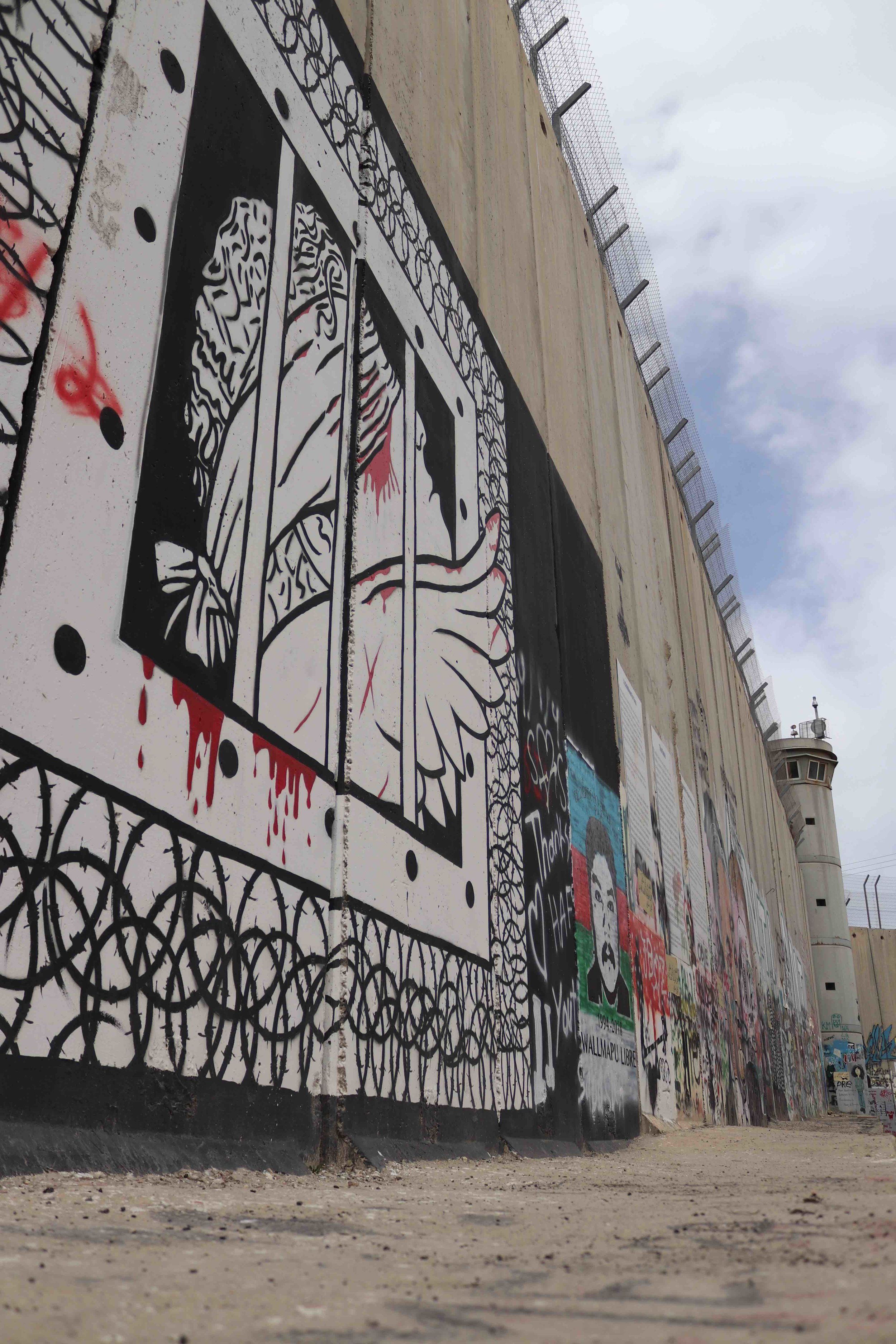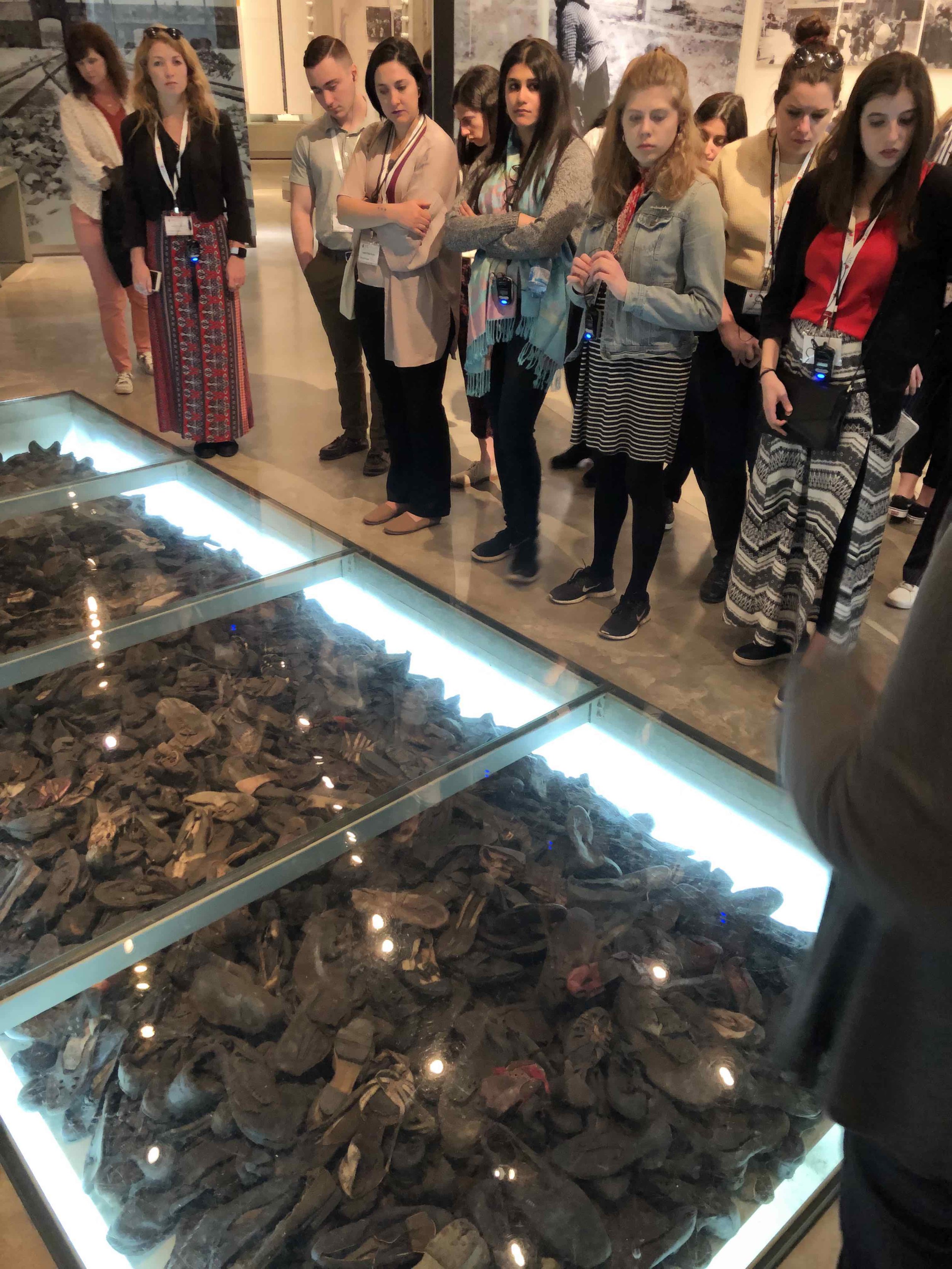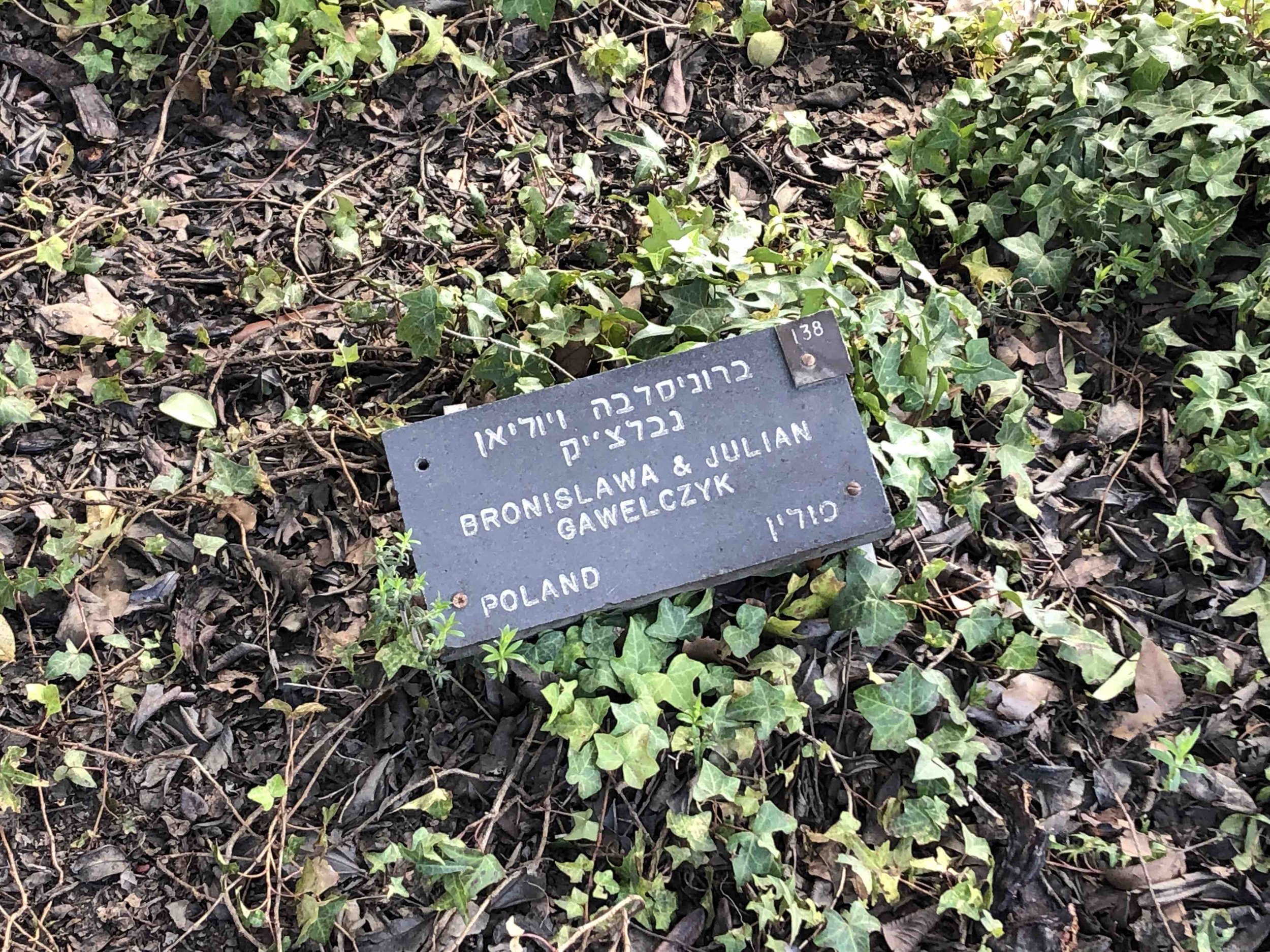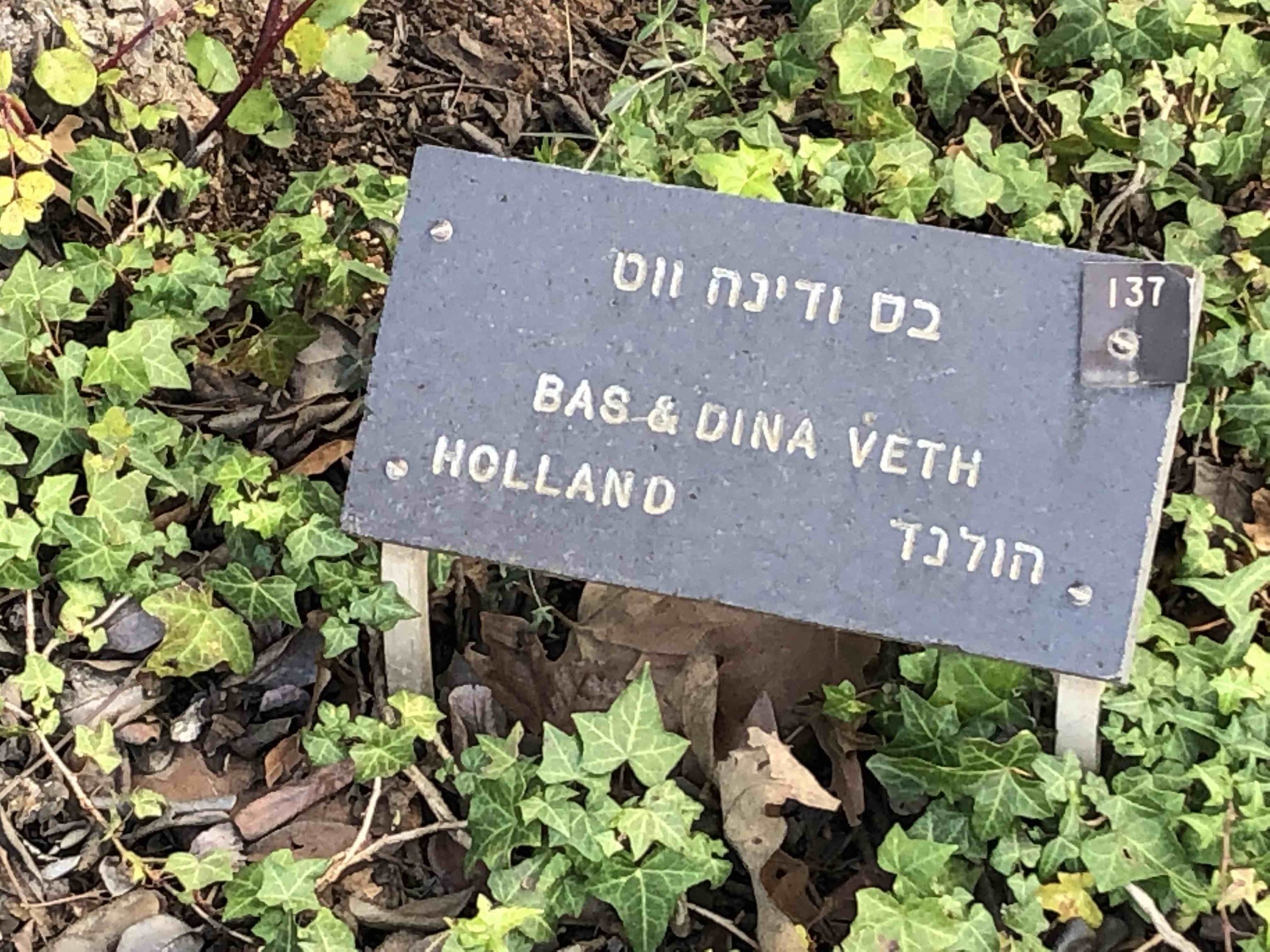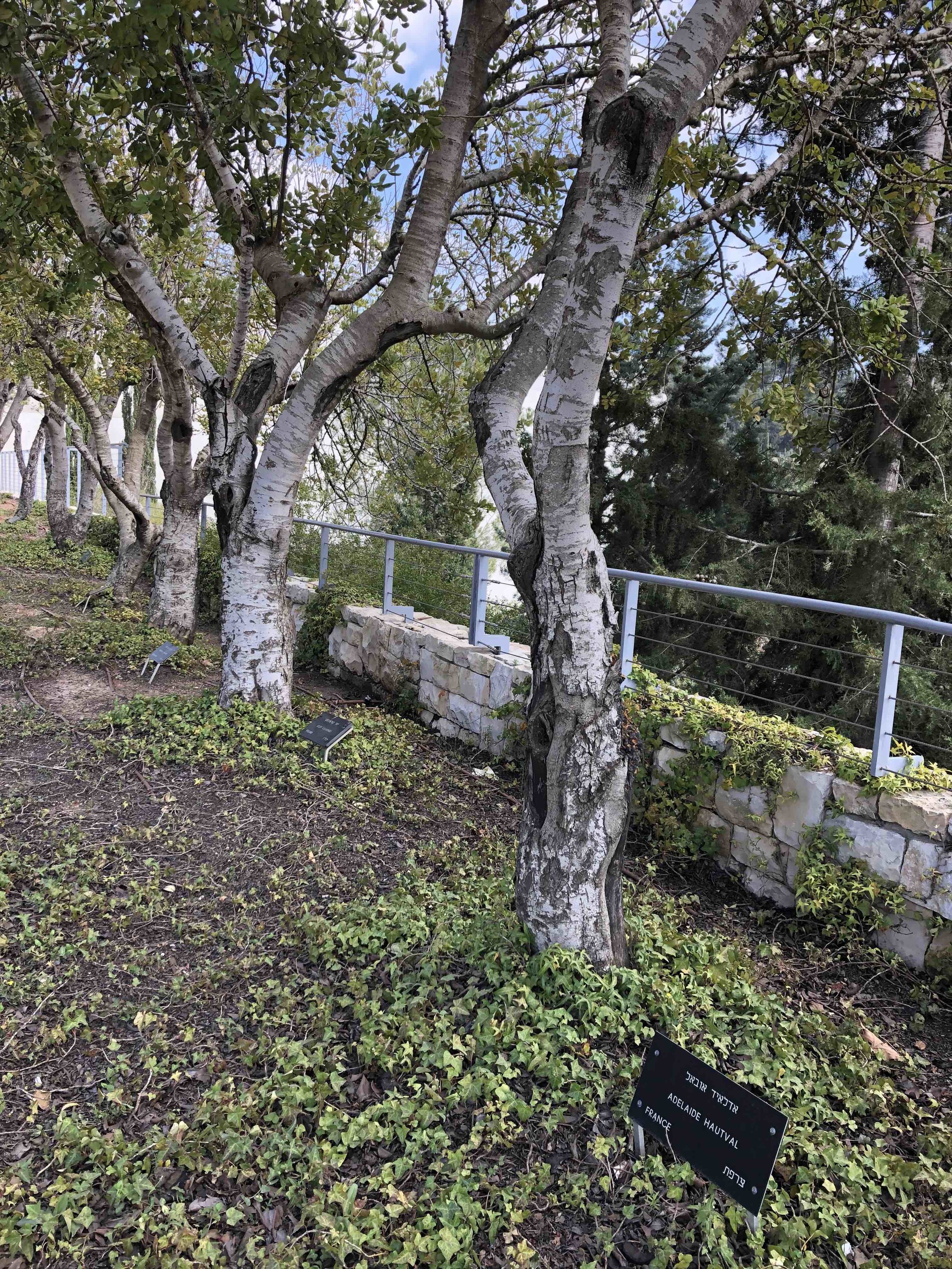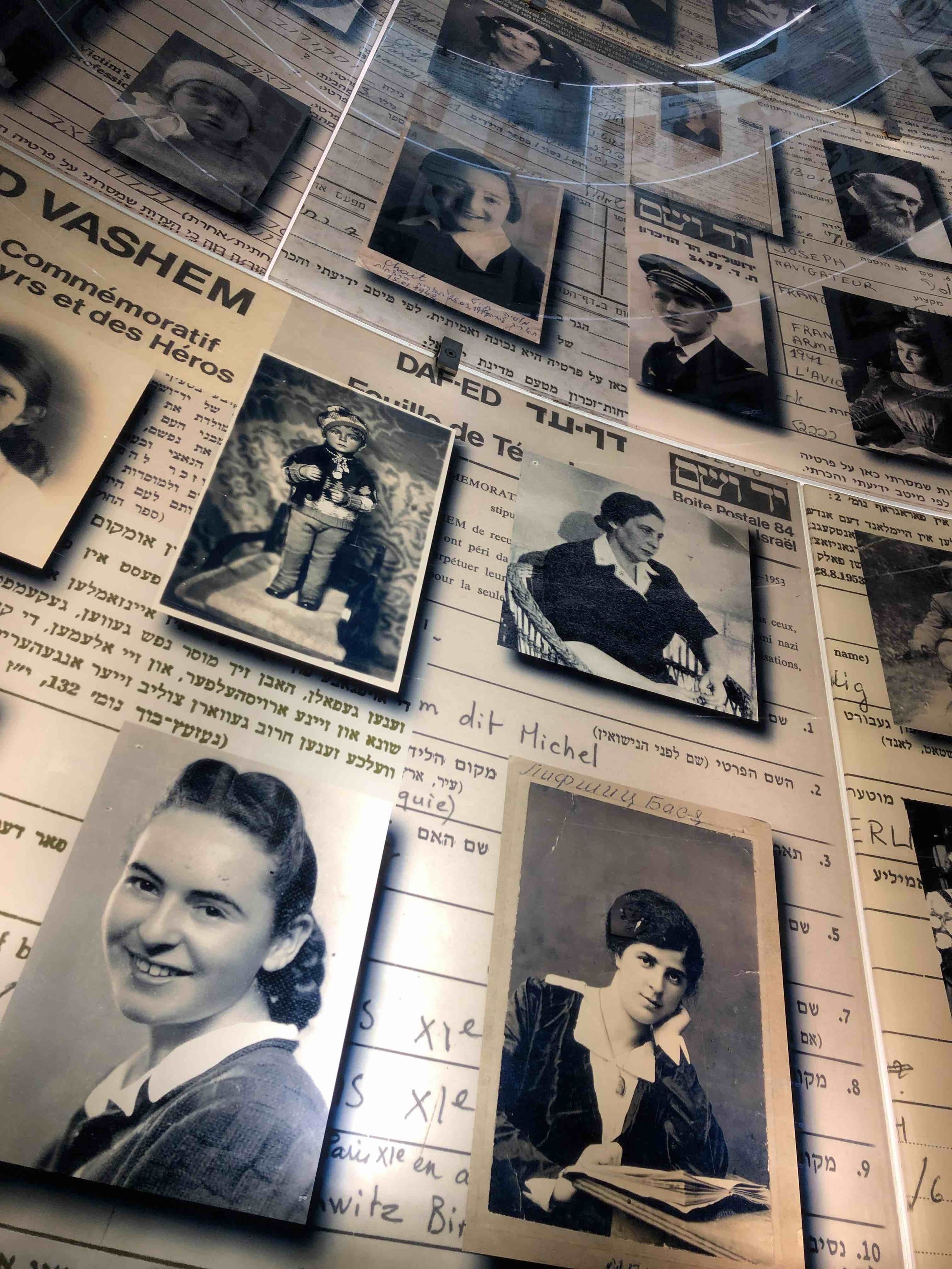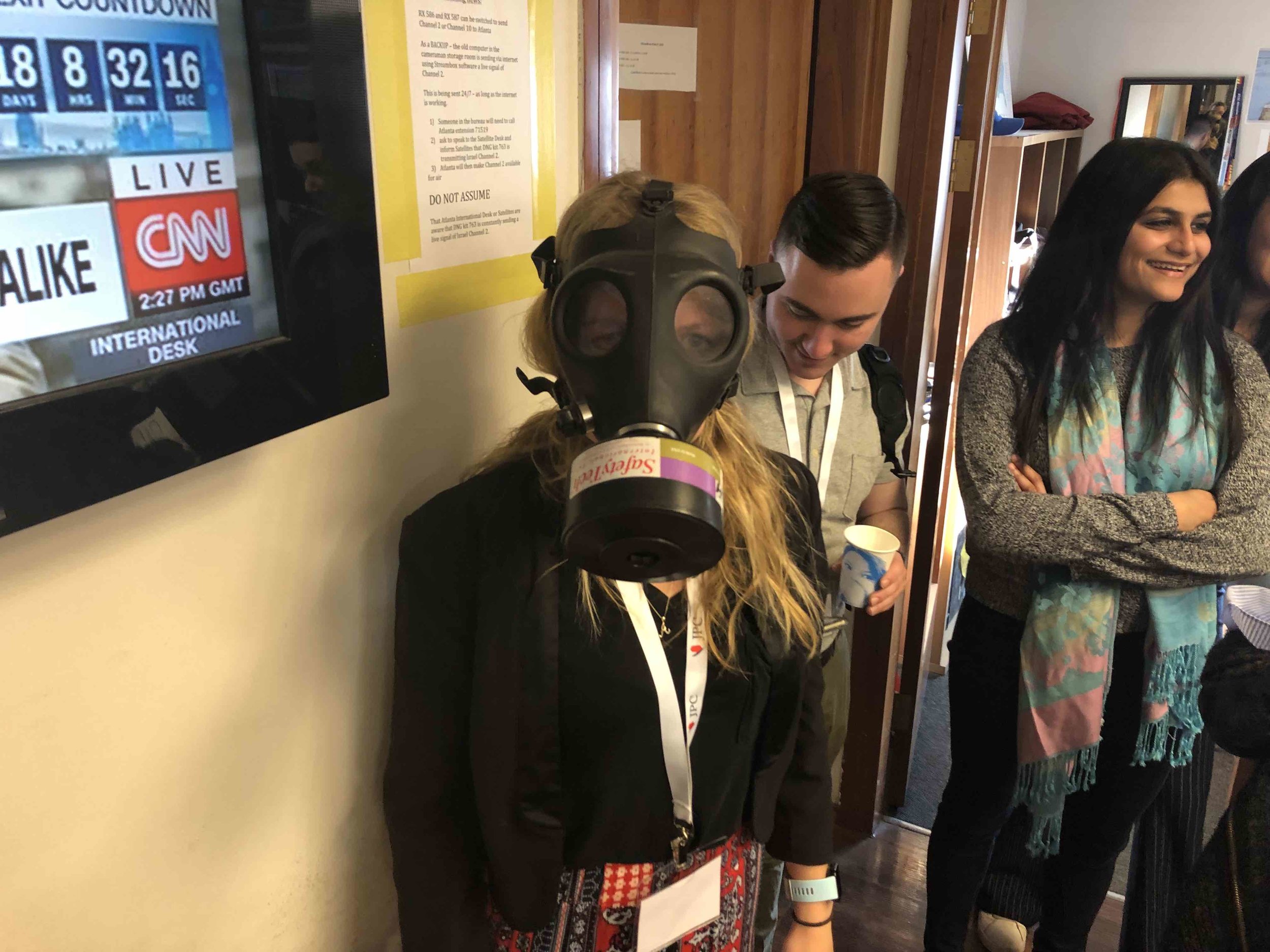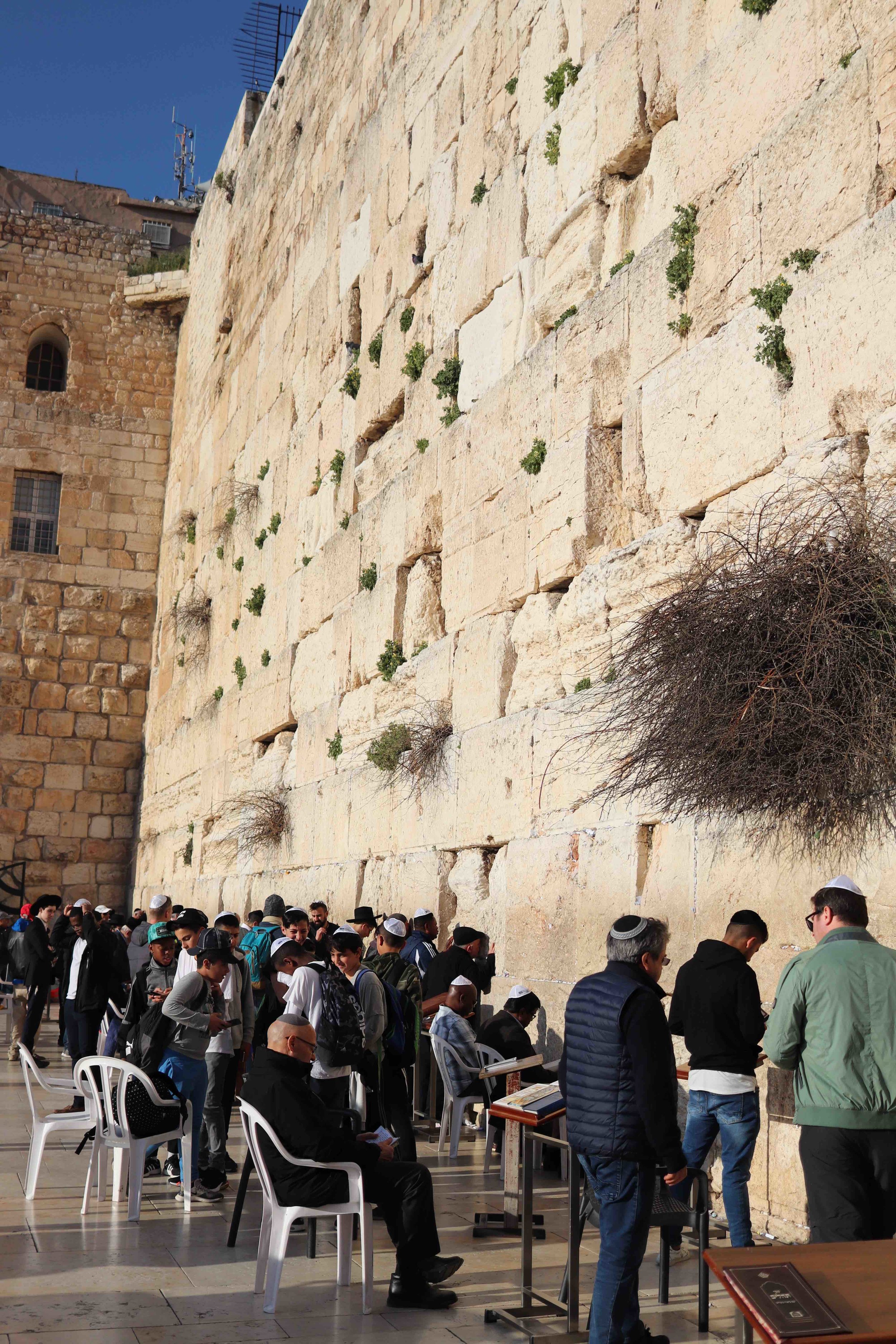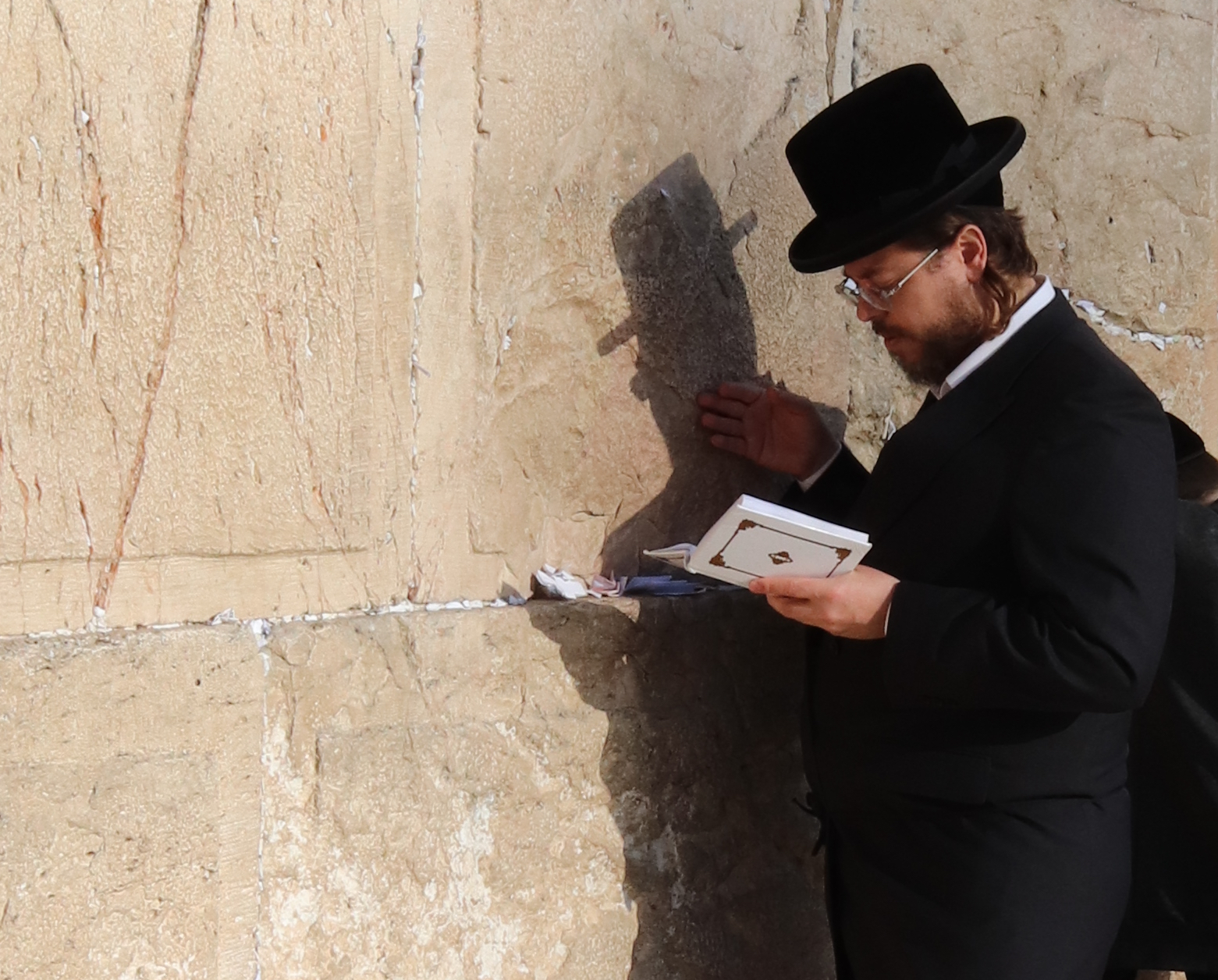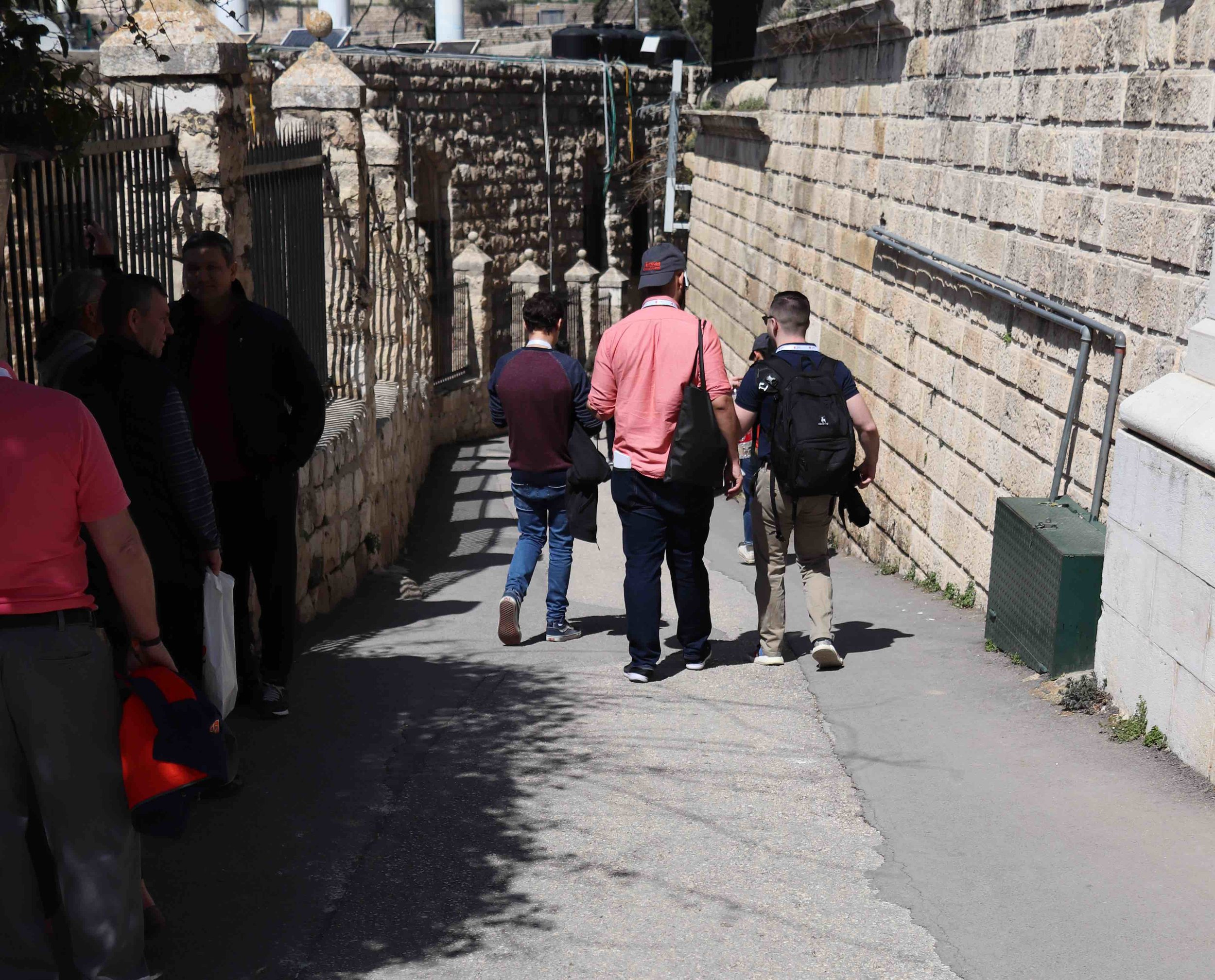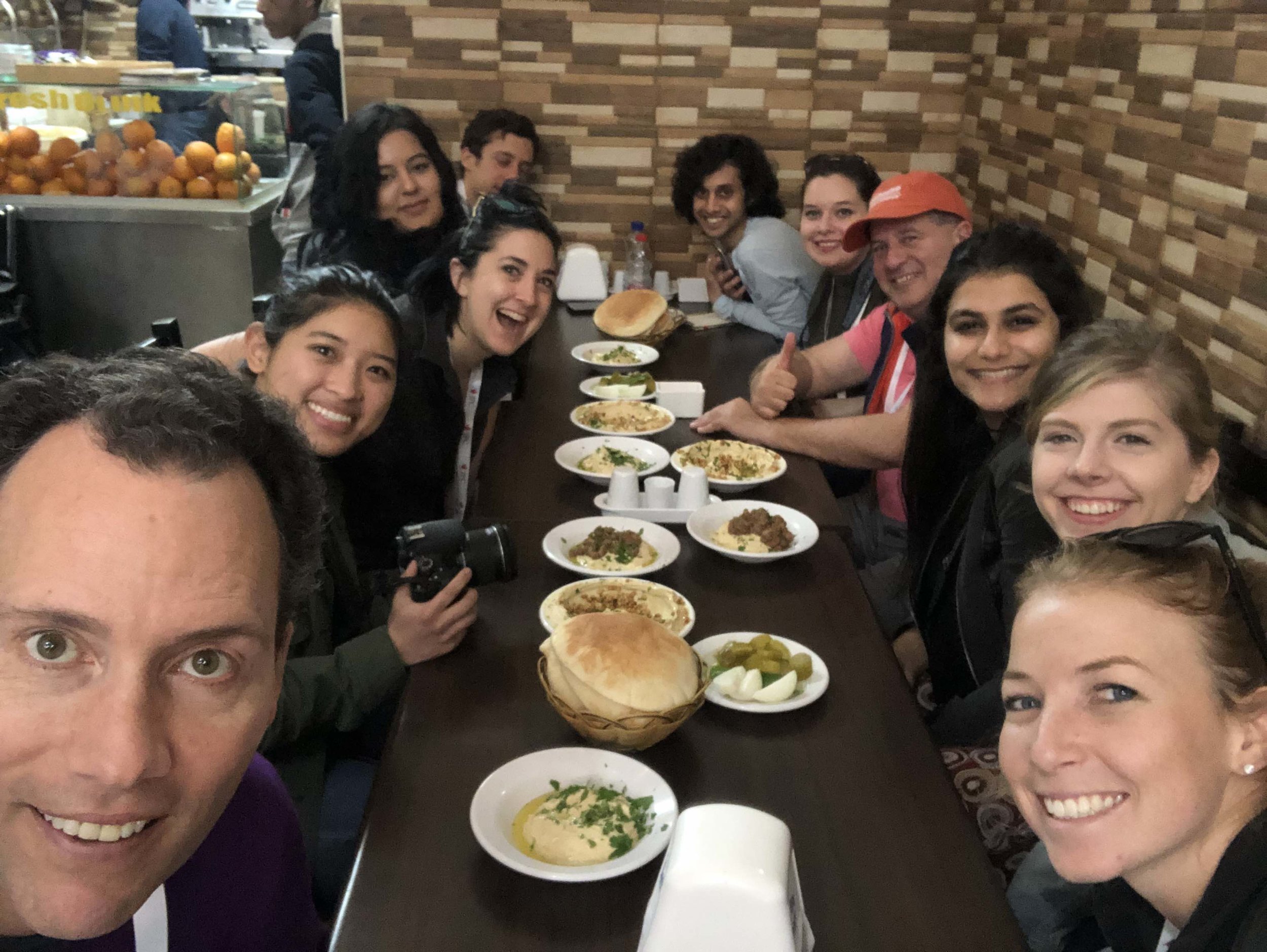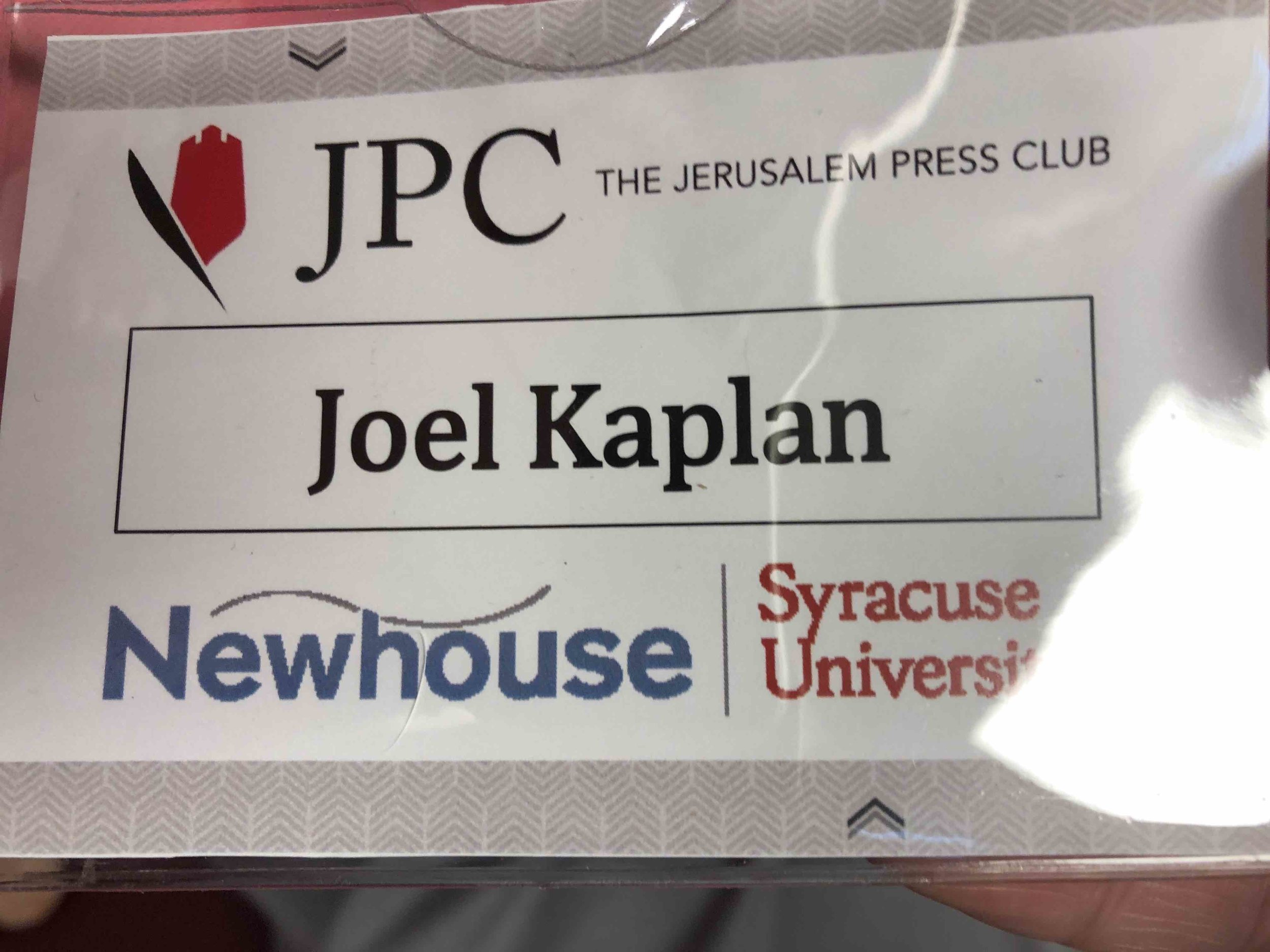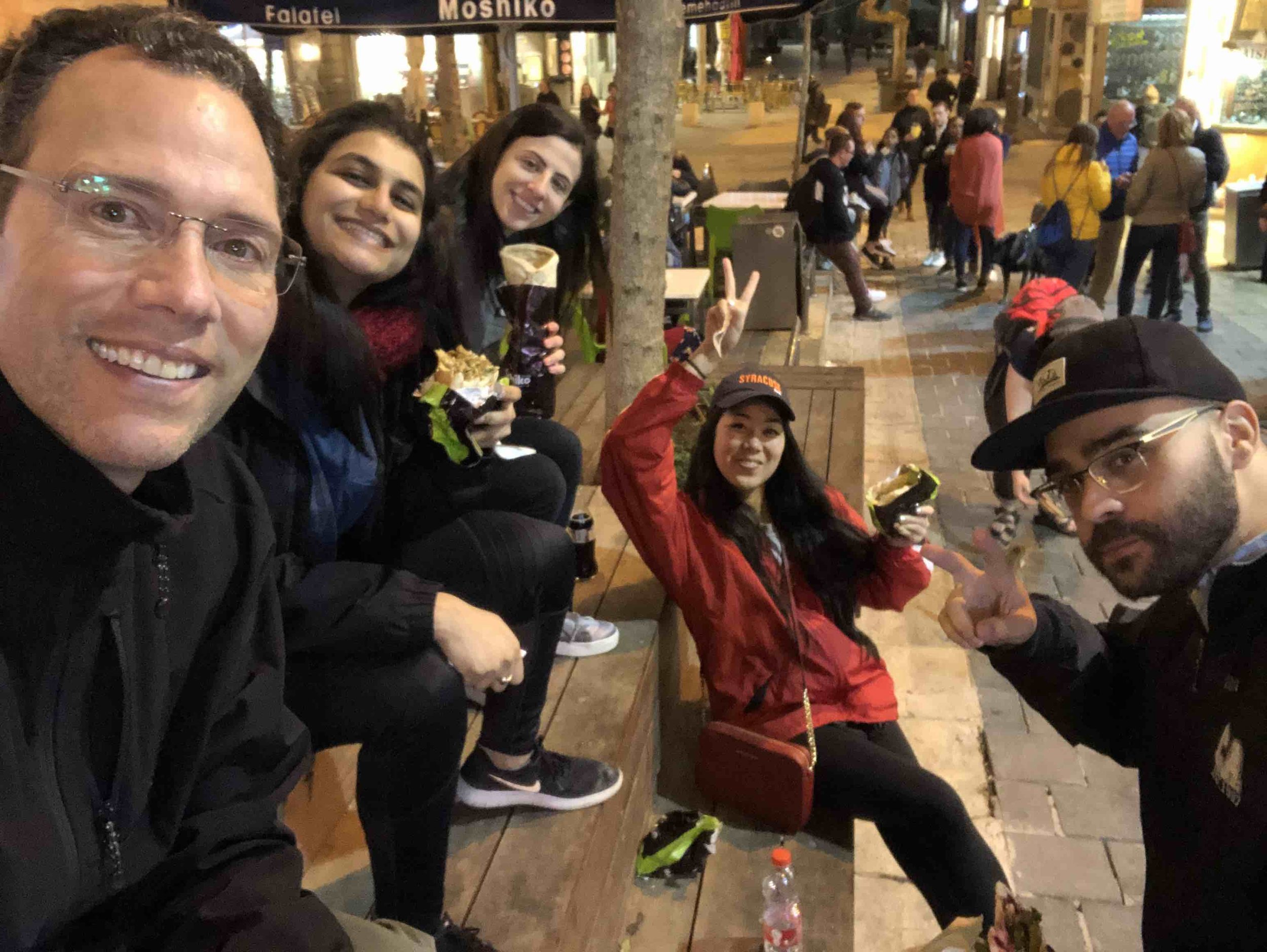Day 13 - Tel Aviv ➡ Istanbul ➡ New York ➡ Syracuse
What a long, loooooooooooong, day of travel. Here’s the itinerary, all on Wednesday, March 20, 2019:
The leg from IST ➡ JFK.
Depart Tel Aviv 1 a.m.
Arrive Istanbul 4 a.m.
Depart Istanbul 8 a.m.
Arrive New York JKF 12:30 p.m.
Arrive Syracuse 8 p.m.
That comes to about 6,000 miles - again, in one day.
When you travel that far, a key survival strategy is avoiding jet lag. Unfortunately, that is easier said than done. To do it, you have to stay awake for as long as you can and then get back on the regular time schedule at your destination. This mean staying awake not only on the flights but also during the layovers.
Mixed success staying awake while we waited in Istanbul.
But, all in all, a pretty event-free trip half way around the world home.
Arrived to JFK a little bleary (blurry)-eyed.
Students file off the bus at Newhouse.
Review:
The students rose to the occasion. They were professional in every sense - punctual, polite, positive, inquisitive. This kind of trip can only be successful if the aspiring journalists take control and do the work on their own. The professors are there to help, but it’s the students who must take the initiative to explore a new country and issues that are foreign to them. They did.
Here are some of the stories we’re looking forward to reading and watching:
Physical borders and their societal consequences
LGBT issues
Progress of Israeli-Arab women in society
Ethiopian community
Greek life on university campuses
Non-governmental organization support of sexual violence victims
Roles of minority women in society
Women in sports
Orthodox Jewish women in higher education
Water - technology and supply
Orthodox vs. secular Jews; Jerusalem vs. Tel Aviv
Religious tourism and security
Elections
Water issues across borders
Architecture - 100 years of Bauhaus; reuse of abandoned buildings
Ethiopian migration and integration
Effects of politics on art and culture
Food - customs and recipes
Well done #newhouseinisrael 2019.
